The Herstory of the Old West
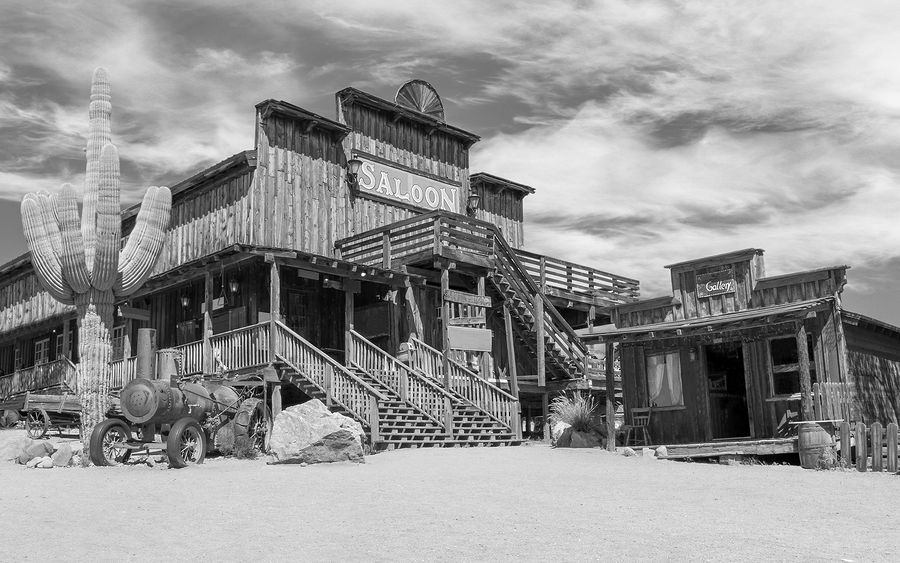
The Herstory of the Old West
The most disturbing knowledge that came out of my research for Paint the Wind was that most of the women who went West didn’t want to go!
Their diaries are so different from the men’s, so poignant and grief stricken… and so damned brave. They didn’t want to leave their beloved families behind, never to be seen again. They didn’t want to be pregnant on springless wagons on a 3,000 mile trek to God knew where.
Their jobs on the wagon trains consisted of incredibly endless work – walking behind the wagons, picking up cow dung for firewood, caring for the endless sick, burying the endless dead. Giving birth in the wilderness without water or sanitation or help. Being subject to their husbands’ whims and the control of the men who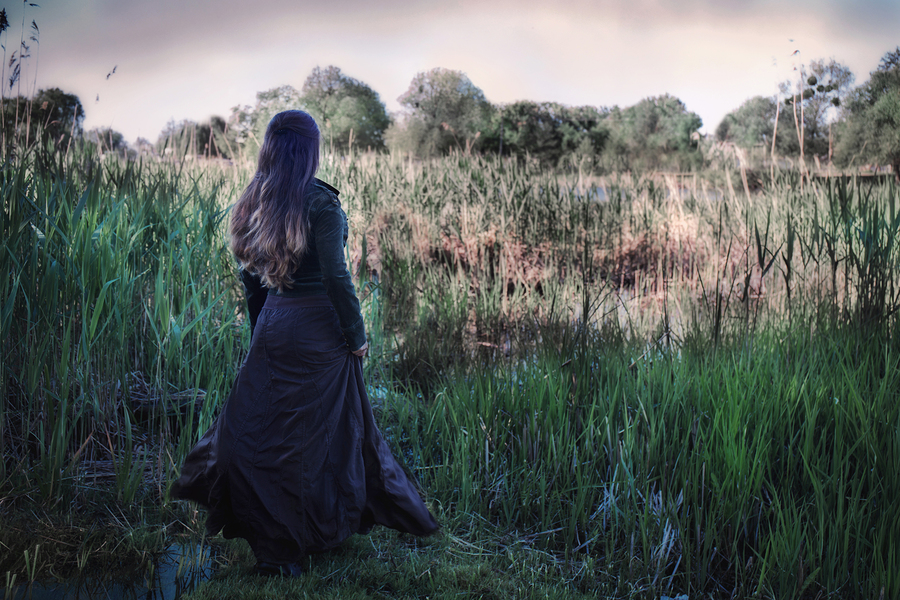 ran the wagon train.
ran the wagon train.
The Women Who Won the West
More than anything, in the course of writing Paint the Wind, I fell in love with the women who’d won the West, alongside their men. Women who have somehow been forgotten by history.
Research has to be done close to the bone – first person materials, diaries contemporary to the times, because needless to say, victors write the history books, so they are notoriously biased. And in the case of the West, as in so much else, the only history deemed worthy of telling was that of men.
So let’s start at the start! The women who went West didn’t want to go. The men wanted to go, because it offered opportunity in a harsh, unrelenting world and because it had a lot going for it testosterone-wise: bold adventure, Indians, war, the chance to grab what you were strong enough to hold. The women, on the other hand, hated and feared the sound of all of it. They knew they were leaving beloved family behind forever.
They were always pregnant in those days before Margaret Sanger, and the trip West took nine months, so they knew they’d be  pregnant on those wretched, springless Conestoga wagons, for three thousand rugged miles. And would give birth without medical help if crisis loomed.
pregnant on those wretched, springless Conestoga wagons, for three thousand rugged miles. And would give birth without medical help if crisis loomed.
Women’s Issues!
And never mind pregnancy – just having your period was traumatic! Think about it: no water to wash, no CVS with tampons. You used rags that were kept and reused (after you were lucky enough to come to a water source where y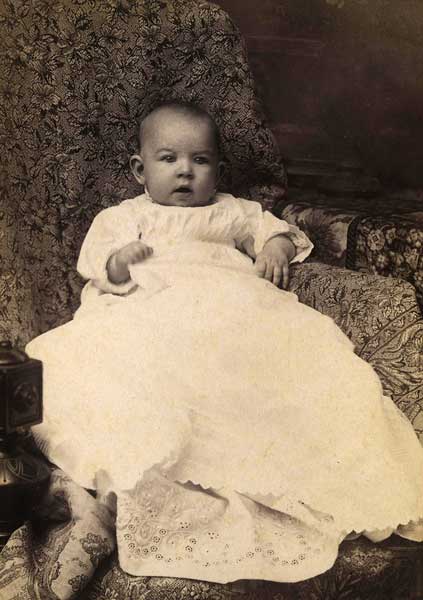 ou could finally launder them.) You wore red petticoats to conceal humiliating accidents.
ou could finally launder them.) You wore red petticoats to conceal humiliating accidents.
The women’s job, by the way was to walk behind the wagons and pick up cow pies (dung) for the nightly cooking fires. Meals must have smelled ghastly in those old Chuck Wagons that looked so quaint in the movies and walking a few thousand miles through deserts and mountains while pregnant was nothing to look forward to.
The Sick and the Dead
The women’s diaries are a litany of caring for the sick and burying the dead; of submission to their husbands and to the male elders of the wagon train, and of submission to the will of God… most times suspiciously close to the will of their husbands.
Their courage and their fortitude made me very proud of being a woman. They also made me think of a quote from anonymous that says I am woman. I am invincible. I am pooped! I’ve decided the best way to give you a glimpse into my years of poignant research is via anecdotes, so here goes:
Herstory 1:
The first tale that knocked my socks off was corroborated by both women’s diaries and by two diaries of men on the same wagon train. Here’s what happened:
A woman was about to give birth to a breach baby. The rains had been falling for days, her wagon wa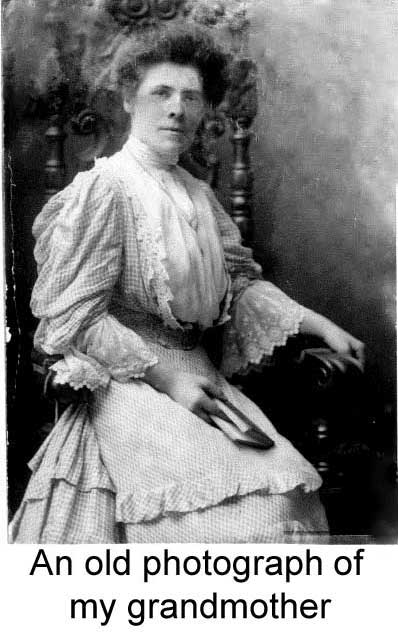 s filled with water. The midwifing women who were with her were sloshing in their long skirts and petticoats, so they petitioned the train’s male elders for the right to tie up their skirts with ropes so they could move more easily in their difficult task of keeping mother and child alive.
s filled with water. The midwifing women who were with her were sloshing in their long skirts and petticoats, so they petitioned the train’s male elders for the right to tie up their skirts with ropes so they could move more easily in their difficult task of keeping mother and child alive.
(The photo I’ve included here is of my grandmother at about the same historical time, so you can see how cumbersome a woman’s garb was then and imagine it in the circumstances of the women on that desolate raindrenched wagontrain.)
By the way, the woman’s eight and twelve year old daughters were part of the birthing team in this cramped, waterlogged desperate wagon, at the edge of nowhere.
The Men-folk
The men thought it unseemly to have the women’s skirts above their ankles so they had to call a meeting to talk it over. They deliberated much of the night and finally said ‘no’. By then, the woman and her baby were dead.
The elder who wrote of it said it had been a difficult deliberation, but the men had come to the right conclusion because the souls of all these women were at stake and they, in their infinite male wisdom, had managed to salvage them.
Herstory 2:
The lure of gold and silver was overwhelming, despite the brutal weather in
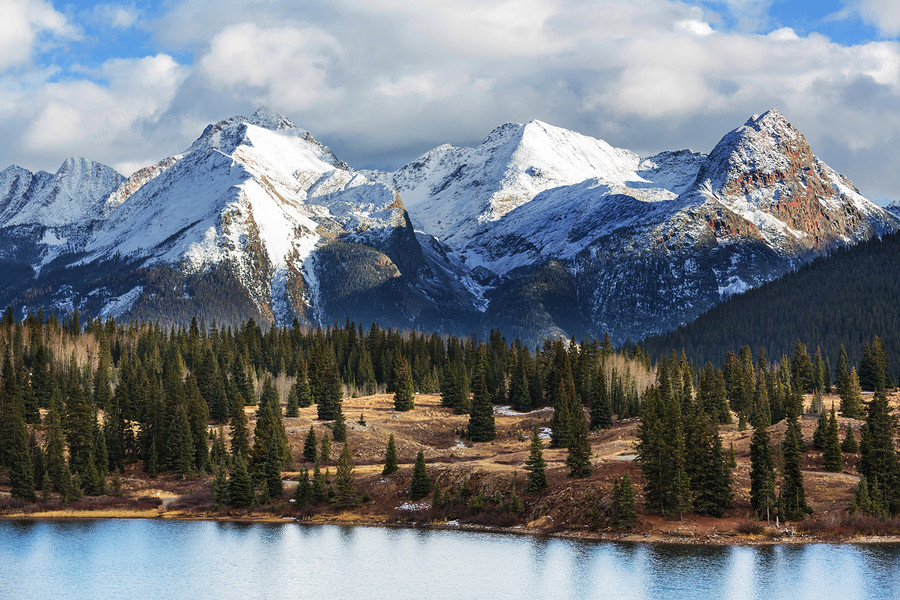 the Rockies. In a time of little opportunity for the poor, the hope of untold riches was seductive. What nobody ever seems to talk about is this: Once they got to the mine fields, how did the miners survive long enough to find the gold? Well, one of the ways was to have an entrepreneurial wife!
the Rockies. In a time of little opportunity for the poor, the hope of untold riches was seductive. What nobody ever seems to talk about is this: Once they got to the mine fields, how did the miners survive long enough to find the gold? Well, one of the ways was to have an entrepreneurial wife!
Entrepreneurial Women
Miners’ wives created small entrepreneurial businesses all over The Rockies. One enterprising woman washed the filthy clothes of all the miners and later made her fortune in Denver as a laundry chain owner! Another baked meat pies that could be taken along in a lunch bucket. Others learned to hunt or fish to feed the family, and, of course, everybody was a gardener when the fierce weather in the Rockies permitted it – the best hunters and gardeners could glean enough to make meals for others at a fair price.
Division of labor was n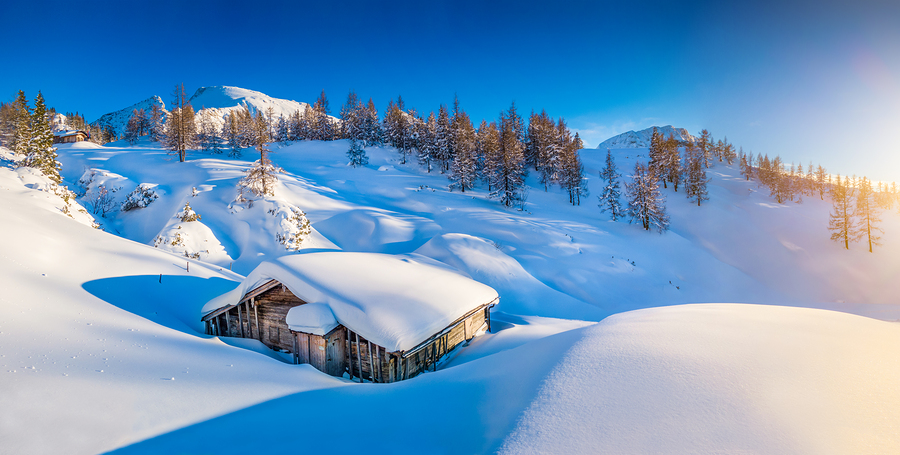 ormal in a tough unrelenting life, not because of egalitarianism on the part of the men, but because women’s labor was as important to survival as the men’s own was! Women had more equality then than in the next few generations, but only when it applied to work, not decision-making. What a surprise!
ormal in a tough unrelenting life, not because of egalitarianism on the part of the men, but because women’s labor was as important to survival as the men’s own was! Women had more equality then than in the next few generations, but only when it applied to work, not decision-making. What a surprise!
Story 3: Donner Pass
You all know the story of the wagon train that left St. Joe too late, ran into a variety of troubles that slowed it down, took a wrong turn, and ended up a
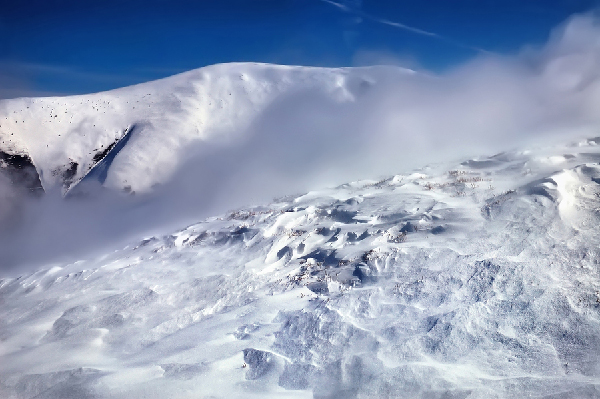
t the Donner Pass, too late to cross the worst of the Rockies before the snow set in. The quick version is that in the desperate horrific months of starvation that followed, first the oxen were eaten, then the canvas from the wagons was boiled to make a gluey substance that could be ingested; finally, cannibalism was resorted to.
Love and Heroism
The stories of heroism would break your heart – of a mother hoarding a tiny square of lard for a Christmas gift to her starving children. Of women going hungry to feed husband and children, until there was simply no more left for anyone. Of women boiling whatever roots and vegetation could be wrested from the frozen ground to make a broth to stave off starvation.
The story you may not have heard is this one that has stayed with me for years: It’s about a woman, one of the last survivors, who had a husband who lay dying on the day the rescuers finally came. She loved her husband very much and wouldn’t leave him to die alone, but the rescue party told her she must come with them by noon, as they couldn’t safely wait longer.
She begged them to stay just a few more hours so she could remain with her husband until he died, or to take him along with them. They said they couldn’t do either. She opt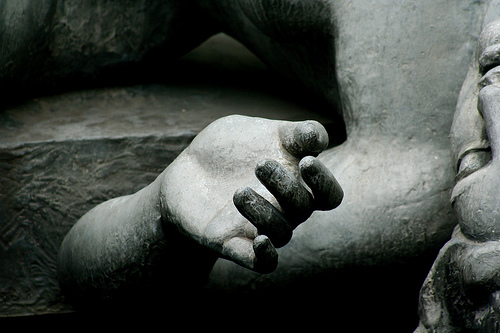 ed to stay so her husband wouldn’t die alone.
ed to stay so her husband wouldn’t die alone.
He died four hours after the last survivors left Desperation Encampment. His heroic wife died four days later having written in her journal that horrifying as those last days were, starving, alone in a freezing cabin, with the dead body of the man she’d loved, she was grateful to have been able to fulfill her wifely duty.
Herstory 4:
Women survived in many ways: talented, feisty ones might even open a gambling hall, or a theater, or a house of ill-repute, as does Jewel in my story. Or she might become a healer or a psychic like Magda, the gypsy, or an actress and dance hall entertainer who makes it to Broadway like Fancy.
But to make it in a world that belonged to men, most women needed a male protector, or they  needed to be as good a shot as Annie Oakley. As Mae West once said, “From 20 to 30 a woman needs great looks. From 30 to 40 she needs a great brain. After 40 she needs a lot of money in the bank.”
needed to be as good a shot as Annie Oakley. As Mae West once said, “From 20 to 30 a woman needs great looks. From 30 to 40 she needs a great brain. After 40 she needs a lot of money in the bank.”
In post-Civil War days, to get the latter, a woman had to sacrifice everything but her courage.
Herstory 5 & 6:
There were quite a few notable success stories!
Inez Miller was a Deputy United States Marshall. It was said that she had a pistol belt full of cartridges, a dangerous looking Colt pistol and could drill the ace on a high-tossed playing card.
Lola Montez was a Femme Fatale… an early feminist of sorts and w riter of a book of beauty tips. She also had a homicidal temper and carried a whip. One of the most outrageous women of her time she’s worth reading about.
riter of a book of beauty tips. She also had a homicidal temper and carried a whip. One of the most outrageous women of her time she’s worth reading about.
Mary Fields was a stagecoach driver, an ex-slave from Tennessee, this tall, powerful black woman was ambitious, daring and liked a good fight. Mary had a standing bet she could knock a man out with just one punch. It was said she never lost a dime to anyone foolish enough to take her up on the bet!
Pearl Heart was the First Known Female Stage Robber in the Arizona Territory. After being captured for a stage robbery, she said that she “would never consent to be tried under a law she and her sex had no voice in making, or to which a woman had no power under the law to give her consent.” She became a strident voice for “women’s emancipation, ran for office and won.
The Shoshoni woman, Sacajawea, was the guide for Lewis and Clark. Sacajawea helped Lewis and Clark map and explore Western America, but did you know she also gave birth to a baby boy along the way?
Elizabeth Simpson Bradshaw was a widow with five children, the youngest only 6 years of age, when her husband died, she walked across the American prairie pushing all her family possessions in a handmade, wooden handcart because she couldn’t afford an ox or a place on a wagon train.
One or two of them even made their own fortune or inherited one and then made it bigger. Let’s not forget Unsinkable Molly Brown.
His-story Kicks In!
And then they were all quietly forgotten. Intentionally downplayed in the great drama of The West. Because they were not the ones in power, nor the ones making the decisions. They were chattel, and most assuredly not the ones written about in the History books or applauded in the movies.
But they sure as hell were heroes.
I wanted to give the voice to their heroism… their eternal spunk in the face of impossible odds. I wanted to have someone love them enough to remember them.
Story 7: Vision Questing and the Haunting of the Heart
Hands-down the best and most dramatic experience of all this was going through sacred ceremony with tribal medicine people. Interestingly, the vision that came to me was one of the Mothers, the archetypal female deities, not the male ones I was expecting.
Perhaps the psychologists would say it was just that I ’d been so immersed in female history while writing, or perhaps, it was Fate’s way to egg me on to help set the record straight… the record of the reluctant heroines, the child bearers, the nurses, the burial detail, the resourceful, the heroic and the fallen doves.
’d been so immersed in female history while writing, or perhaps, it was Fate’s way to egg me on to help set the record straight… the record of the reluctant heroines, the child bearers, the nurses, the burial detail, the resourceful, the heroic and the fallen doves.
The Indians call memory the haunting of the heart… it’s my sincerest hope that when you read Paint the Wind, your heart may be haunted not just by my story but by stories of the Women Who Won the West.
« How to Run a Disorderly House in 1890 | Poets Make the Best Rebels »
Sign up for news and lots more
This entry was posted on Monday, February 26th, 2018 at 10:19 am You can leave a response, or trackback from your own site.
Leave a Reply
-
The Latest Novel
A Murder on Jane Street
Categories
- Alternative Healing
- An Excess of Love
- Astrology
- Lark’s Labyrinth
- Beauty
- Bless the Child
- Complimentary Medicine
- Death
- Family & Friends
- Life & Death
- Martial Arts
- Medicine
- Metaphysics
- Notes to My Daughters
- Books
- Paint the Wind
- Poetry
- Politics
- Religion
- Snowflake from the Hand of God
- So Many Partings
- Sorrow
- Technology
- The Philosopher’s Teacup
- Women